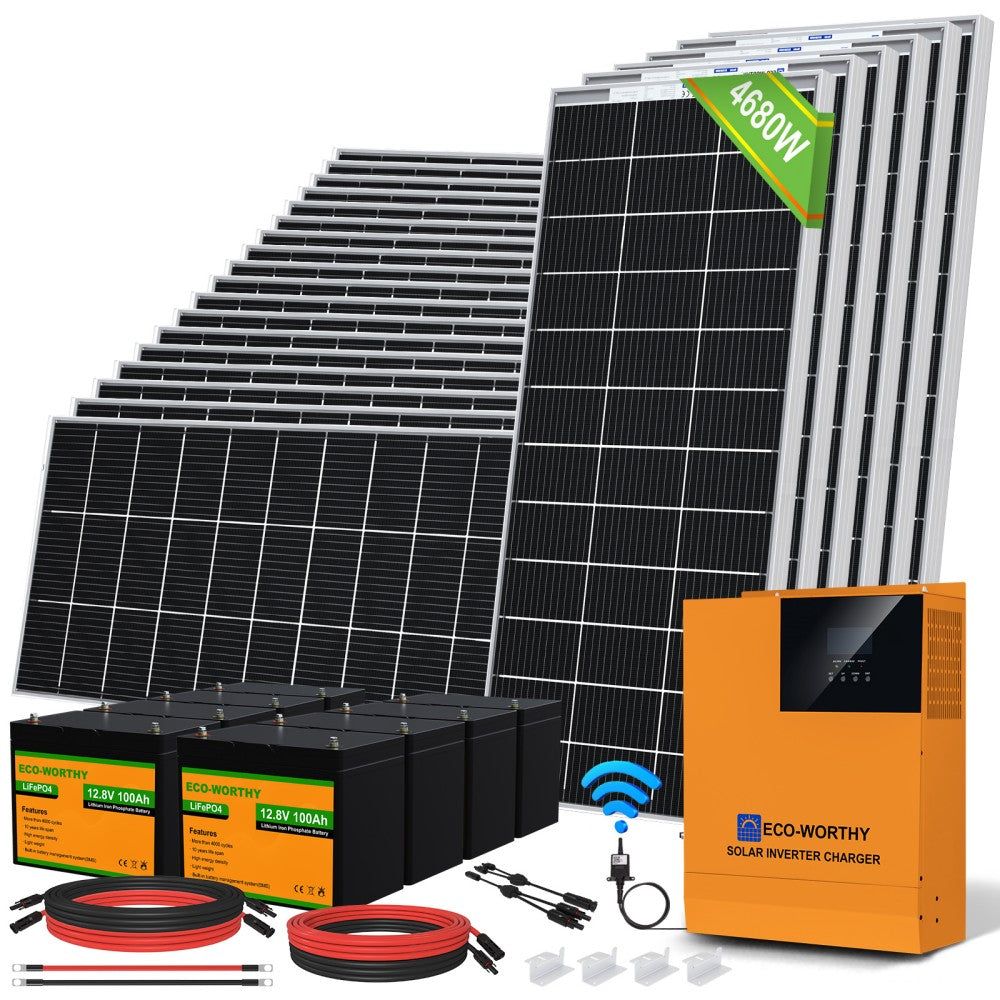As the world increasingly embraces renewable energy, the concept of off-grid solar and battery systems has gained significant traction. These systems allow individuals to harness solar energy independently, providing a sustainable solution for energy needs. But how do you design an effective off-grid solar system? This guide will explore the key considerations and components necessary for a successful setup.

Understanding Off-Grid Solar and Battery Systems
An off-grid solar and battery system operates independently of the traditional electricity grid. It typically consists of solar panels, a charge controller, batteries for energy storage, and an inverter. This configuration allows users to generate, store, and utilise solar energy without relying on external power sources.
Key Components of an Off-Grid Solar System
- Solar Panels: These are the primary source of energy, converting sunlight into electricity.
- Charge Controller: This device regulates the voltage and current coming from the solar panels to prevent battery overcharging.
- Batteries: Essential for storing energy generated during the day for use at night or during cloudy weather.
- Inverter: This component converts the stored DC power from the batteries into AC power, which is used by most household appliances.
Considerations for Designing Your Off-Grid Solar System
When designing your off-grid solar and battery system, several factors must be taken into account:
- Energy Needs: Assess your daily energy consumption to determine the size of the solar system required. What appliances will you be using, and how much energy do they consume?
- Location: The geographical location affects solar panel efficiency. Areas with more sunlight will yield better results.
- Battery Capacity: Choose batteries that can store enough energy to meet your needs during periods of low sunlight.
- Budget: Consider the initial investment and long-term savings. While the upfront costs can be high, the savings on energy bills can be substantial over time.
Benefits of Off-Grid Solar and Battery Systems
Utilising an off-grid solar and battery system offers numerous advantages. Firstly, it provides energy independence, allowing users to generate their own power. Secondly, it contributes to environmental sustainability by reducing reliance on fossil fuels. Lastly, it can lead to significant cost savings in the long run, especially in remote areas where grid access is limited.
Getting Started with Your Off-Grid Solar System
To begin your journey towards energy independence, consider exploring comprehensive  solutions that cater to various energy needs. These kits often include all necessary components, simplifying the installation process.
solutions that cater to various energy needs. These kits often include all necessary components, simplifying the installation process.
In conclusion, designing an off-grid solar and battery system requires careful planning and consideration of various factors. By understanding your energy needs and selecting the right components, you can create a sustainable and efficient energy solution tailored to your lifestyle.







